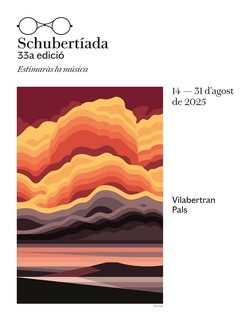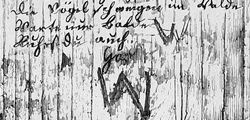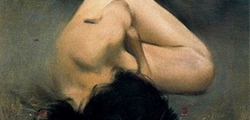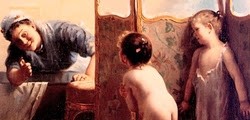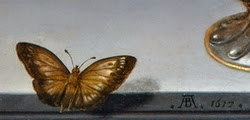- Details

We’ve reached the fourth and final post dedicated to the Schubertíada, in which we’ll talk about a single concert: the one by Julius Drake, the Quartet Gerhard, and Katja Maderer on Saturday, August 30th. The program includes chamber and Lied works by Tchaikovsky and Brahms (chamber music, in essence). In the central part of the concert, Maderer and Drake will perform a short selection of Lieder by both composers.
- Details

Some recordings become not only reference points, but legends. The transition from one to the other always carries a strong emotional component, which in this case is the premature death of the singer Kathleen Ferrier. The great contralto, with a brilliant career, died in 1953 at just forty-one years old. We can imagine the impact her passing had.
- Details
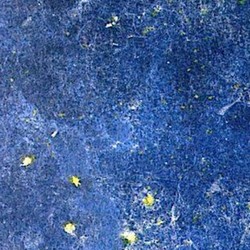
Last year, we listened to Alexander Zemlinsky for the first time here on Liederabend. I told you back then that the composer’s work had been largely forgotten after his death in 1942; fortunately, his name has reappeared in recent years, and his music is once again being recorded and performed (we’re speaking of a composer who was once highly regarded).
- Details
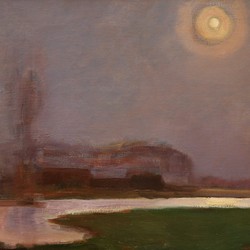
The poet Friedrich Klopstock dedicated many poems to his fiancée, later his wife, Margareta Moller; she often appears hidden under the name Cidli. Margareta and Friedrich met in 1751 and married in 1754. Sadly, the young woman died in childbirth in 1758, and the poet mourned her for many years, also in his verses. This is the case, for example, of this week’s poem [...]
- Details
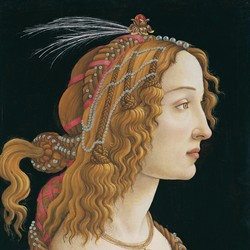
This week’s poem (the last in this series for now, next week we’ll talk about the Schubertiade) doesn’t need much introduction on Liederabend. It begins with the verse “Ich sehe dich in tausend Bildern” and was written by Novalis; I spoke about it in some detail when we listened to its first musical setting, by Franz Schubert, and later we heard it set to music by Max Reger and Joseph Marx.


